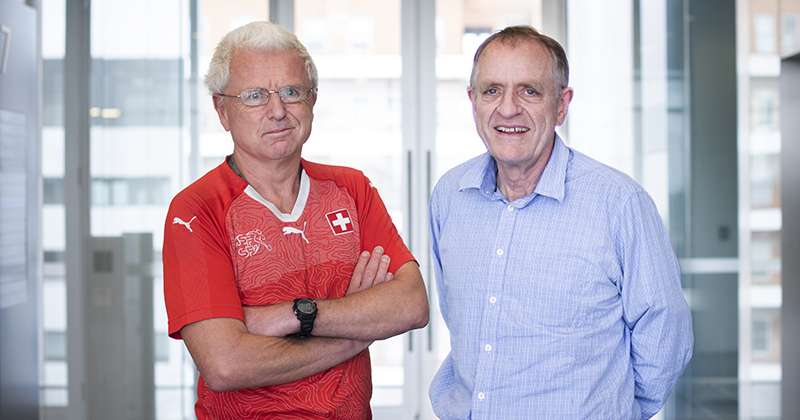Australian Quarterly, July 2023 edition
In the July Australian Quarterly edition – The more things change, the more things stay the same – particularly for Australia’s Indigenous communities who have seen waves of enthusiasm for Indigenous rights ebb and flow on the political tides from which they have largely been excluded.
As one of Australia’s longest running publications, it is exciting for us when an article pops up from our archives that casts some much-needed perspective across current issues.
24 years ago, Australia stood at the cross-roads of the Republic referendum and within that discussion, Indigenous recognition was also front of mind. Except that in 1999 the conversation was of ‘Treaty’ – makarrata – and an ambitious reckoning with our past.
The Republic referendum was ultimately unsuccessful, burying alongside it the political appetite for constitutional change. In this edition we republish ‘Makarrata Dreaming’, which lays out how progressive the Treaty agenda had been. The article puts into perspective just how modest and humble the current request for a Voice to Parliament truly is.
When it comes to the shifting sands of politics, we welcome back Michelle Grattan and Mark Evans (alongside veteran political reporter, Tim Colebatch) for a very interesting analysis of the ‘teal’ and community independent phenomenon. With several state elections having happened since independents rocked the 2022 federal contest, it is an ideal time to ask whether community populism will be a lasting feature of our politics,
or simply a flash in the pan.
A growing number of online influencers are children – yet what are the laws or the community practices that protect these young stars? Prof Crystal Abidin takes us on a fascinating dive into this potentially exploitative world.
And if Australia is to become a renewable energy superpower, then our relationship with Japan will be of critical importance. Japan is pouring billions of dollars into Australia to create a Hydrogen Supply Chain, but it is not all smooth sailing…





